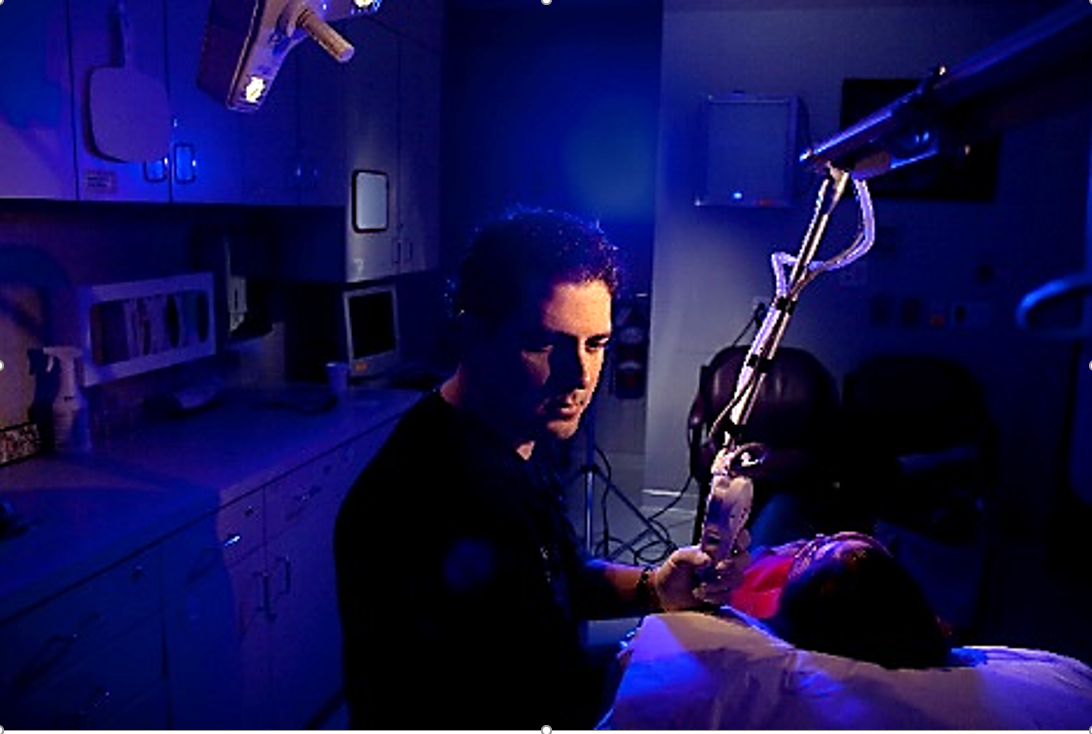Review article evaluates the 1550/1927-nm dual laser system and finds it a versatile device in the field of esthetic medicine.

Wausau, WI (August 25, 2025) – The dual 1550-nm erbium glass fiber and 1927-nm thulium fiber non-ablative fractional laser (NAFL) system has seen widespread adoption in esthetic practices over the past decade. Given this system's expanding role in esthetic medicine and its increasing applications across diverse patient populations, this narrative review summarizes studies supporting the mechanism of action and efficacy, and safety profile of the 1550/1927-nm dual laser system and discusses future directions for the device.
The review, led by Paul M. Friedman, MD, is titled “Current Trends and Future Directions of the Dual 1550-nm Erbium Glass Fiber and 1927-nm Thulium Fiber Non-Ablative Fractional Laser System.” The review article, published in Lasers in Surgery and Medicine (LSM), the official journal of the American Society for Laser Medicine and Surgery, Inc. (ASLMS), was selected as the September 2025 Editor’s Choice.
This comprehensive review highlights the safety, efficacy, and growing use of the dual 1550-nm and 1927-nm non-ablative fractional laser in treating various conditions and skin types. The 1550-nm wavelength is effective for treating wrinkles, scars, and uneven pigmentation, while the 1927-nm wavelength targets sun-related damage and dyschromia. Fractional photothermolysis creates microscopic zones of controlled injury, reducing the risk of bulk heating and stimulating skin renewal.
“Following the 20-year anniversary of fractional photothermolysis for cutaneous remodeling using microscopic patterns of thermal injury, our objective of this narrative review was to summarize current evidence supporting the mechanism of action and efficacy as well as discuss future directions for this revolutionary technology,” said Dr. Friedman.
Clinical studies show improvement in texture, tone, and pigmentation, with minimal side effects, though the risk of post-inflammatory hyperpigmentation (PIH) increases in darker skin tones. Safety and patient comfort have improved with the addition of cooling technology. In addition to cosmetic benefits, results from two studies suggest NAFL may provide prophylactic benefit against keratinocyte carcinomas by reducing senescent fibroblasts and increasing the expression of insulin-like growth factor-1 (IGF-1), indicating restoration of protective mechanism against UVB-induced carcinogenesis.
Paul M. Friedman, MD, board-certified by the American Board of Dermatology, is the director of Dermatology & Laser Surgery Center of Houston, Texas. Dr. Friedman is a clinical assistant professor at the University of Texas Medical School, Department of Dermatology, and a clinical assistant professor of dermatology at the Weill Cornell Medical College, Houston Methodist Hospital. He is also on staff at Texas Children's Hospital and Memorial-Hermann Hospital-Texas Medical Center. Dr. Friedman has been a featured speaker of American Society for Dermatologic Surgery (ASDS), the American Academy of Dermatology (AAD), the American Society for Laser Medicine and Surgery (ASLMS), and other national and international audiences. He recently served as President of ASLMS and was awarded the prestigious Leon Goldman Memorial Award at the 2019 ASLMS Annual Conference. Dr. Friedman has been recognized as a leading physician and researcher in the field and has been involved in the development of several new laser systems and therapeutic techniques now commonly used throughout the world.
Editor’s Choice is an exclusive article published in LSM, the official journal of ASLMS.
View the complete manuscript.